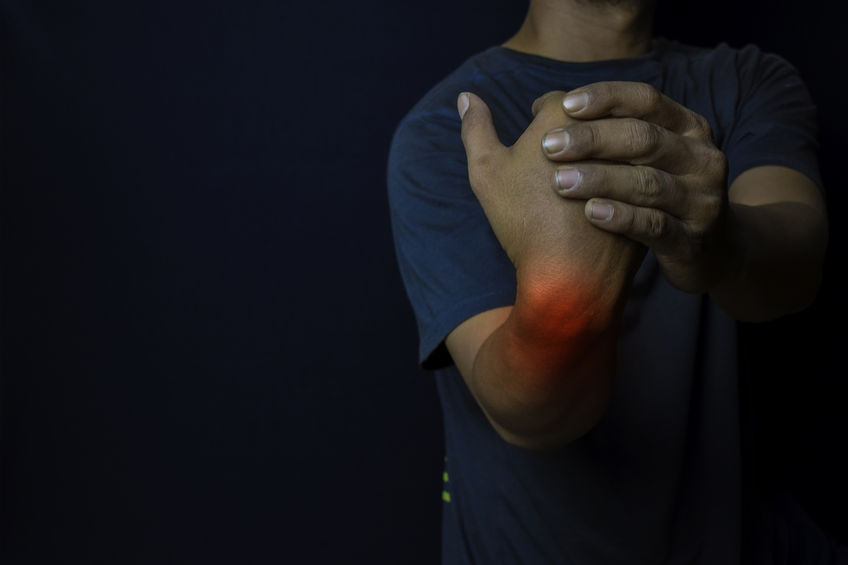Physical therapy is ideal for people living with muscle atrophy or those who want to prevent it from occurring. Using your muscles regularly and staying active with physical therapy can help you fight off the symptoms of muscle wasting. This article discusses how physical therapy can help muscle wasting and how to prevent it.
Diagnosing Muscle Atrophy

Your physician will observe whether you have any signs and symptoms of muscle atrophy before coming up with your treatment plan. Blood tests may be performed to determine the level of muscle protein or to show an alteration in muscle protein. Genetic testing can help identify whether muscle atrophy has been present in the family over generations. Another way of diagnosing this condition is by conducting a muscle biopsy where a tissue sample from the affected area is taken for close examination.
However, the symptoms of muscle wasting are often easy to identify and physicians can tell through observation and a few exercises. One leg or arm can be smaller than the other because of muscles being smaller or you may experience general weakness in one leg or arm compared to the other. You need to provide your complete medical history of recent or old injuries as well as previously diagnosed medical conditions to help a physician make informed decisions on your treatment.
How Physical Therapy Helps with Muscle Wasting
- Increasing Muscle Strength
Physical therapy involves the use of different therapeutic exercises to improve mobility and maintain normal body functions in individuals with muscle atrophy. This can help minimize the progression of contractures as the body muscles continue gaining mass. Therapeutic exercises may include both aerobic and strengthening exercises at appropriate levels for a specific individual. Strengthening exercises keep you active and moving by slowing any deterioration in muscle strength.
- Preventing Immobility
Physical therapy can increase the flexibility of individuals suffering from muscle wasting by preventing joint tightness. Your therapist may design specific programs in regular stretching, positioning, and other exercises focused on your range of motion. They often recommend these assistive devices such as braces, splints, and standing devices where appropriate. Standing programs prevent bone-mineral density loss and are used to maintain muscle length and flexibility.
- Improving Blood Circulation
Poor nutrition can lead to muscle wasting because the muscle tissues are deprived of essential nutrients required to facilitate their growth. Physical therapists use different hands-on techniques to improve blood circulation around affected muscles. Increased blood flow increases the supply of nutrients to promote muscle growth. It also delivers enough oxygen to the tissues around these areas for your muscles to function properly and efficiently. Besides physical exercises and stretching, your physician works closely with dietitians and healthcare officials to ensure you get a proper diet.
- Reducing Spasticity
Spasticity is a condition where muscles tighten or stiffen, preventing normal movement of fluid within the muscles. As long as the muscles remain contracted and do not adhere to stretching, it can affect movement leading to rapid muscle wasting. A physical therapist can help reduce spasticity through stretching and strengthening exercises that focus on large muscle groups to improve mobility by increasing range of motion.
How to Prevent Muscle Wasting
The best ways to prevent muscle wasting is through exercise and proper nutrition. Performing continuous physical exercises without proper nutrition is considered counterproductive as it delivers the opposite of the desired effect. Many factors generally affect protein turnover and the muscle cell cycle. The body burns excess calories during exercises allowing you to consume nutrients at a higher rate. Failure to supplement your diet with this increased demand puts your body in a state of starvation. You can help your body maintain a healthy muscle mass by ensuring proper nutrition and regular exercise. Physical therapy is important as it delays the development of complications to help you achieve the highest level of mobility and independent living. Engaging yourself in physical activities prevents muscle wasting as it often occurs when your muscles are not active for prolonged periods.
Physical therapists work closely with other healthcare professionals such as dietitians to develop the most appropriate goals for each individual based on their interests and functional levels. It is important to address muscle wasting as soon as possible to shorten your recovery time. Whether you are suffering from muscle atrophy or looking for ways to prevent it, seeking physical therapy can be the best option for you. Not only does it focus on the essential aspects your body needs to facilitate muscle growth, but also improves overall health and body functions.

